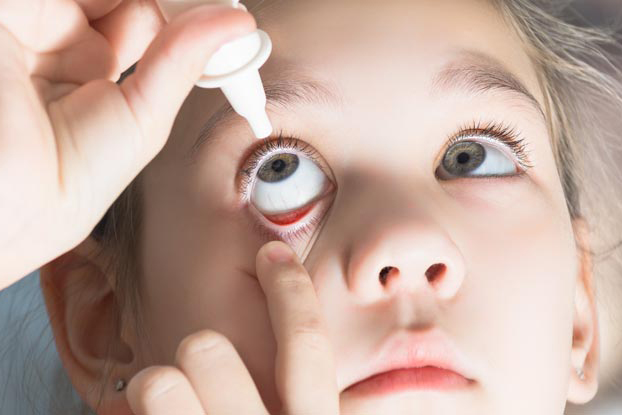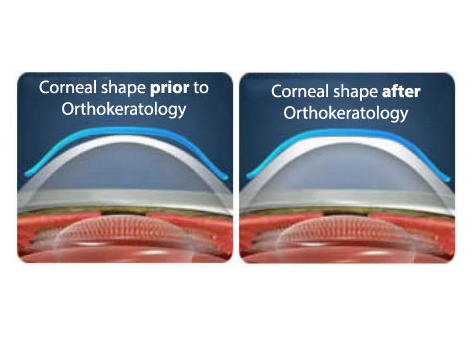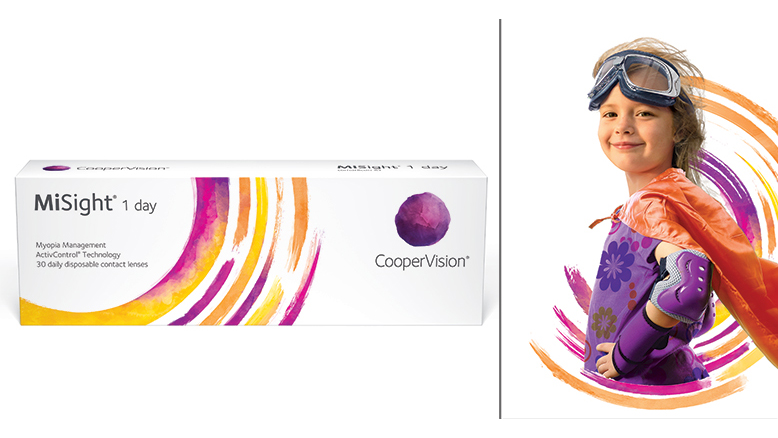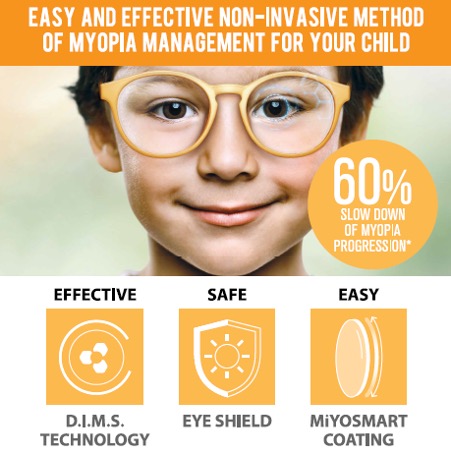Orthokeratology (''ortho-K'')
Orthokeratology, also known as ortho-K, is a non-surgical process involving the wear of rigid contact lenses while sleeping. These lenses change the shape of the cornea, the clear tissue at the front of the eye. On awakening, distance vision is clear without the need to wear glasses or contact lenses during the day. The effect of wearing ortho-K lenses remains so long as the lenses are worn overnight, but the therapy is completely reversible.
Orthokeratology has increased in popularity over the past few decades, especially since a steady stream of evidence that indicates as well as correcting myopia in the short term, this therapy also slows the progression of myopia in the longer term. For more on the processes involved in orthokeratology fitting and treatment. For more information, please check our Orthokeratology page.





 Malaysia
Malaysia